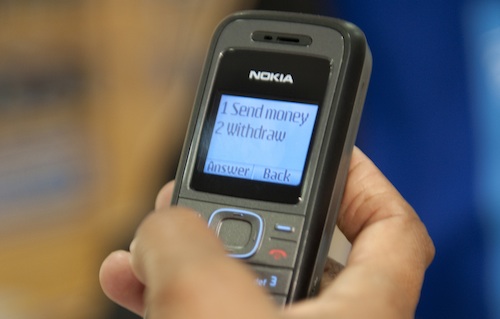
Worldwide mobile payment users will surpass 141,1m in 2011, a 38,2% increase from 2010, according to Gartner. Worldwide mobile payment volumes are forecast to total US$86,1bn, up 75,9%. But in spite of these strong growth projections, Gartner analysts say the mobile payment market is growing more slowly than expected.
“In developing markets, despite favourable conditions for mobile payments, growth is not as strong as was anticipated,” says Gartner research director Sandy Shen. “Many service providers are yet to adapt their strategies to local requirements and success models from Kenya and the Philippines are unlikely to be translated to other markets.”
While developing markets have favourable conditions for mobile payments, such as high penetration of mobile devices and low numbers of people with access to formal banking services, this is no guarantee of success unless service providers adapt their strategies to local market requirements, Shen says.
“In developed markets, companies are trumpeting the prospects of near-field communication (NFC) without realising the complexity of the service model,” she says. “We believe mass market adoption of NFC payments is at least four years away.”
The biggest hurdle is the need to change user behaviour by convincing consumers to pay with mobile phones instead of cash and cards.
Gartner expects SMS and unstructured supplementary service data, better known as USSD, to remain the dominant access technologies in developing markets due to the constraints of mobile phones. Wireless application protocol, or WAP, will remain the preferred mobile access technology in developed markets, where the mobile Internet is commonly available and activated on the phone.
Mobile app downloads and mobile commerce are the main drivers of WAP payments will account for almost 90% of all mobile transactions in North America and about 70% in Western Europe in 2011.
Money transfers and prepaid top-ups will drive transaction volumes in developing markets. These are seen as the “killer apps” in developing markets, where people value the convenience of sending money to relatives and topping up mobile accounts. This is most obvious in Eastern Europe, the Middle East and Africa, where these two services will account for 54% and 32% of all transactions in 2011. — Staff reporter, TechCentral
- Subscribe to our free daily newsletter
- Follow us on Twitter or on Facebook




